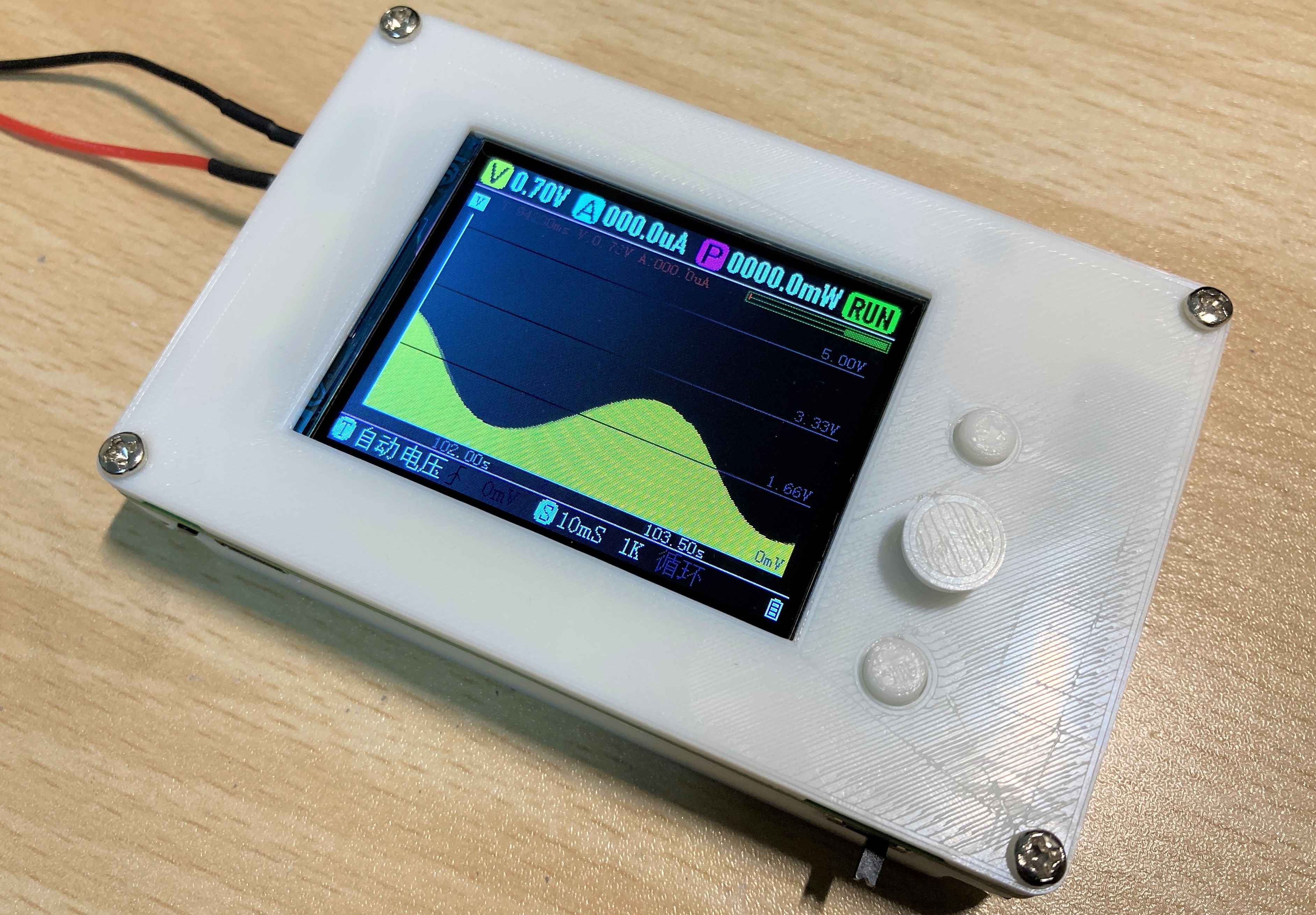 Completed
CompletedSmall Power Analyzer
PRO Small Power Analyzer
Small Power Analyzer
782
0
0
0
Mode:Full
License
:GPL 3.0
Creation time:2024-08-27 03:48:10Update time:2024-08-28 07:57:38
Description
Designed by micespring (from OSHWHub)
Design Drawing
 The preview image was not generated, please save it again in the editor.
The preview image was not generated, please save it again in the editor.Add to Album
0
0
Share
Report
Followers0|Likes0
Related projects
 Empty
Empty


Comment